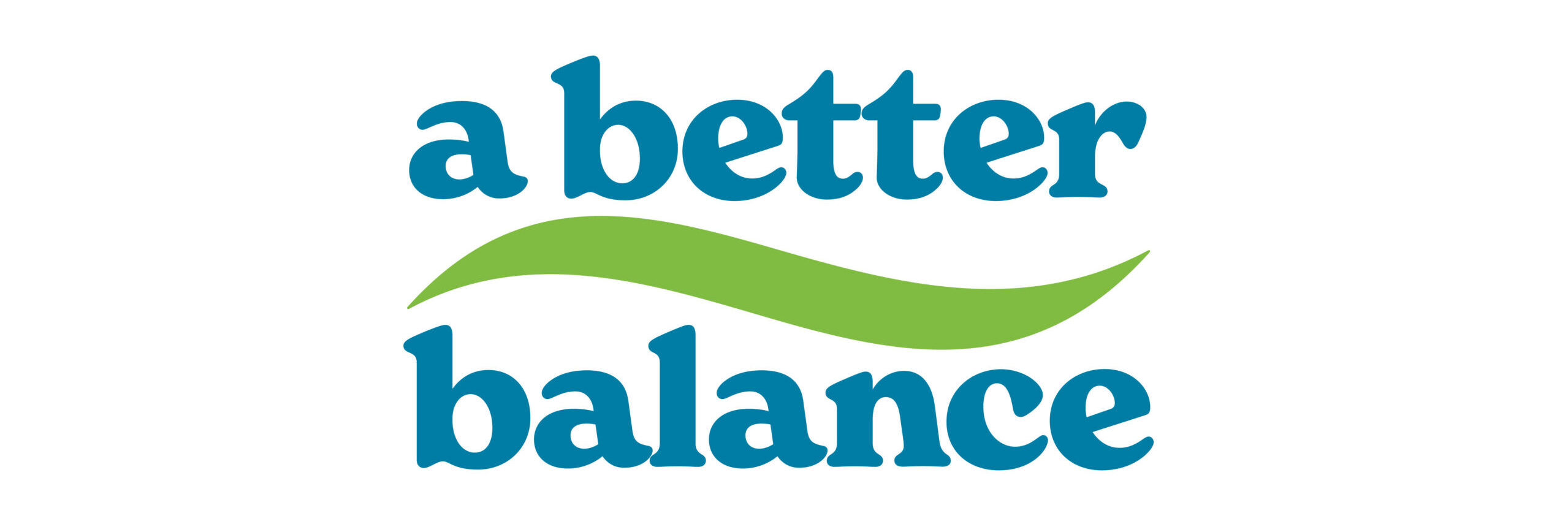Access to paid family and medical leave is critical for foster families, especially during the foster placement process. Ensuring paid family and medical leave programs extend to new foster parents with a recently placed foster child significantly improves outlooks for children in the foster system, and ensures that foster families can bond and thrive.
Access to paid leave allows foster parents to focus on the placement process and transition, leading to innumerable benefits for children in the foster care system.
Mental health benefits for foster care children
-
Children are most likely to have positive outcomes from foster care experiences when they can bond with their foster family. Bonding occurs most critically at the beginning of a foster placement. Research shows that constant daily contact between a foster child and a foster parent facilitates bonding. Full access to paid leave programs can set foster parents and children up for success in the bonding process.
-
Generally, children in the foster care system are more likely to struggle with mental health problems. Research shows that between 36-61% of youth in foster care suffer from clinical behavioral issues, while 32-44% have psychiatric disorders. When foster parents can take paid leave from work to develop bonds and create healthy home environments, foster children can receive more attention and have their unique needs met.
-
Foster care placement can cause serious stress for children already struggling with trauma. Having to transition to a new home, school, neighborhood, friend group, and away from biological family can exacerbate pre-existing mental health issues. It is critical for foster parents to be able to take paid leave to bond with a recently placed foster child so that they can provide more consistent stability and support for the child during a difficult transitional period.
Improved conditions during placement
-
-
Access to paid leave can assist foster parents in attending to key obligations, such as appearing for their foster child’s court proceedings. For example, engagement in the legal process is important for foster parents to understand their obligations and support the child’s positive development. The inability to get necessary time off work without losing pay hinders their capacity to participate in important obligations that ease the placement process. Flexibility provided by paid leave allows foster parents to meaningfully address the child’s specific circumstances, such as learning how to address a child’s medical needs or to attend legal proceedings.
-
Paid leave in general is tied to reduction in infant and child mortality. In one study of 141 countries, controlling for other factors, an increase of 10 full-time-equivalent weeks of paid parental leave reduced neonatal and infant mortality rates by 10% and the mortality rate of children younger than 5 by 9%. As other research on country-level data has shown, providing paid, job-protected leave reduces infant and child mortality, while other leave (unpaid leave or leave without clear job protection) does not have the same effect.
-
Paid family and medical leave policies decrease strain on foster parents.
- In addition to health benefits for foster children, paid family leave improves the health of foster parents, too. Research shows that access to paid leave improves caregivers’ mental and emotional health. Greater access to paid time away from work can also increase caregivers’ ability to address their own health needs, improving their health outcomes. Access to paid family leave not only improves the livelihoods of foster children, but those caring for them as well, which is especially important when a new family member is being introduced in the home.
- In 2021, more than 50% of foster children were placed with family members.10 Paid leave policies can assist these relatives as they adjust to new family circumstances.
Family and medical leave laws have a long-standing history of covering leave for foster placement.
For 30 years, the federal Family and Medical Leave Act has given covered workers the right to take leave to care for and bond with foster children, including ahead of placement if leave is needed for the foster (or adoption) placement to proceed.
All fourteen of the state paid family and medical leave programs that have been enacted throughout the U.S. allow workers to take paid leave to bond with a new foster child.
While research shows that paid family and medical leave policies work well and are not abused, they can include safeguards to prevent fraud or abuse of the policy.
-
Typically, employees may be required to provide documentation supporting their need for paid family leave, ensuring that employees only access leave when they truly need it. Supportive documentation might include necessary medical facts and the probable duration of the need for leave.
-
Studies from states with paid family leave programs do not reflect abuse in those programs. For example, the vast majority of employers surveyed in one state reported that abuse of the program by employees was not an issue.
If you would like further information, have questions, or need assistance crafting a strong paid family leave policy, please contact us:
-
Feroza Freeland, Policy Manager of the Southern Office, ffreland@abetterbalance.org
-
Cassandra Gomez, Senior Staff Attorney, cgomez@abetterbalance.org
This fact sheet is part of a series on supporting young workers as they care for themselves and their loved ones. Additional resources:
- Closing the Wage Gap for Young Black Women
- Part-Time Workers Need Paid Leave
- The Importance of Paid Family and Medical Leave for Young Breastfeeding & Lactating Workers
- Parents Caring for Adult Children Need Access to Paid Leave
- The Need for Paid Family and Medical Leave As A Critical Support for Young Adults’ Maternal Health
- Comprehensive Paid Family and Medical Leave: A Critical Measure for LGBTQ Youth
- The Importance of a National Paid Sick Leave Law for Young Workers of Color
- The Importance of a National Right to Paid Family and Medical Leave for Young Workers of Color




